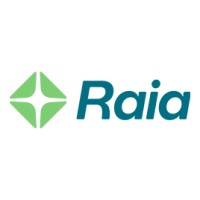
Target
Target is one of the world’s most recognized brands and one of America’s leading retailers. We make Target our guests’ preferred shopping destination by offering outstanding value, inspiration, innovation and an exceptional guest experience that no other retailer can deliver. Target is committed to responsible corporate citizenship, ethical business practices, environmental stewardship and generous community support. Since 1946, we have given 5 percent of our profits back to our communities. Our goal is to work as one team to fulfill our unique brand promise to our guests, wherever and whenever they choose to shop. For more information, visit corporate.target.com. Beware of Hiring Scams: Target will never ask you to submit personal information via a text message for a position. Target will only ask you to apply for positions through corporate.target.com/careers, or Workday, our applicant tracking system.






